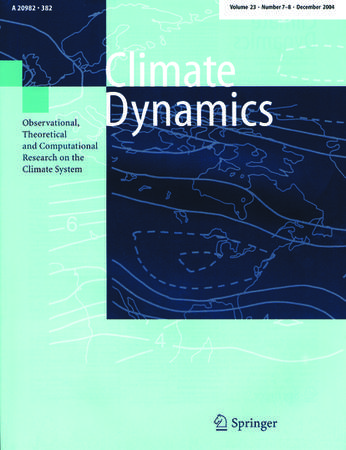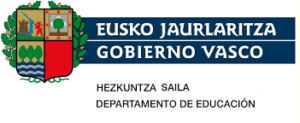 Nerea Bilbao Barrenetxea together with the head of the IzotzaLab Sérgio Henrique Faria and further co-authors, have published a new scientific article entitled: Added value of EURO-CORDEX downscaling over the complex orography region of the Pyrenees.
Nerea Bilbao Barrenetxea together with the head of the IzotzaLab Sérgio Henrique Faria and further co-authors, have published a new scientific article entitled: Added value of EURO-CORDEX downscaling over the complex orography region of the Pyrenees.
The paper has appeared in the prestigious journal Climate Dynamics, published by Springer.
How to cite this article: Bilbao-Barrenetxea, N., Santolaria-Otín, M., Teichmann, C., Faria, S.H., Máñez-Costa, M. (2024). Added value of EURO-CORDEX downscaling over the complex orography region of the Pyrenees. Clim. Dyn. https://doi.org/10.1007/s00382-024-07318-8
ABSTRACT
This study presents an assessment of the added value of downscaling utilizing Regional Climate Models (RCMs) compared to Global Climate Models (GCMs) in the high mountain region of the Pyrenees, characterized by complex topography. The EURO-CORDEX ensemble was investigated, employing a gridded high-resolution observational database as a reference. A recently proposed method is applied to quantify the performance gains or losses associated with dynamic downscaling. Our analysis focuses on calculating the added value by exploring the extremes of the Probability Density Function (PDF), spatial distribution patterns, and its relationship with elevation. Overall, our findings reveal significant improvements in the representation and general characterization of precipitation, minimum temperature, and maximum temperature in the Pyrenean region. Furthermore, RCMs demonstrate enhanced performance in capturing maximum precipitation events; however, they struggle to represent low precipitation rates, particularly in the Mediterranean area of the mountain range. Regarding temperature extremes, dynamical downscaling exhibits improvements in capturing maximum events. Nevertheless, deficiencies are observed in the RCMs’ representation of minimum temperature events for both minimum and maximum temperature variables, as well as in representing near-freezing temperatures.




